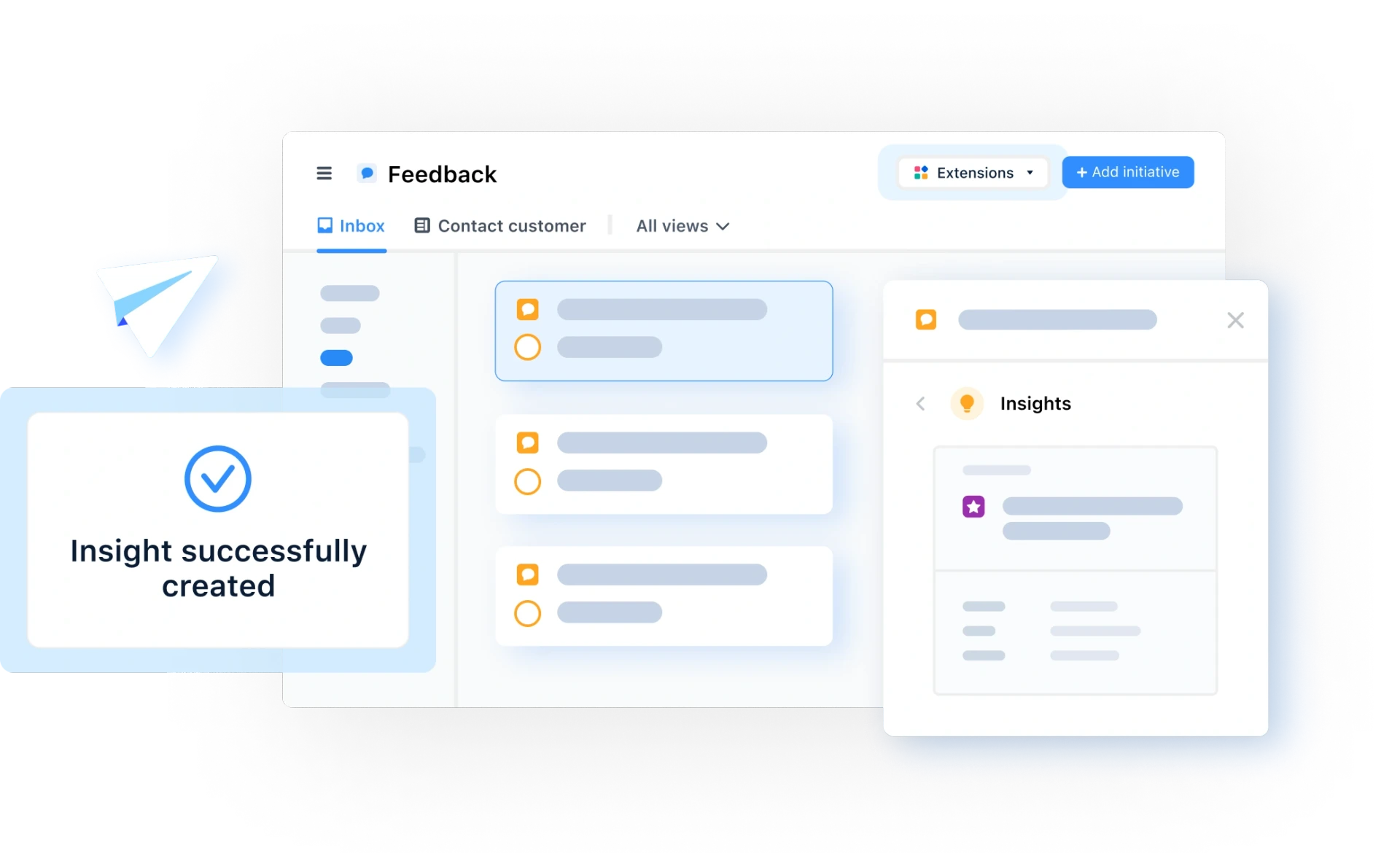Evaluating Ideas and Opportunities
What is evaluating ideas and opportunities?
Definition of evaluating ideas and opportunities
This term relates to the process of determining which business ideas offer valuable opportunities and are worth pursuing. As such, evaluating ideas and opportunities gives entrepreneurs a better chance of achieving commercial success.
How do you evaluate ideas and opportunities
Evaluating your ideas and opportunities is relatively easy. In fact, it can be done in five easy steps:
Step 1: Establish key assumptions
Create a simple list of assumptions about your business, such as its goal, the problems it solves, who its target audience is, and why it’s a viable business.
Step 2: Speak to prospects
Interact with people in your target audience to validate your assumptions. Is your problem-solving idea really needed? What current options do they have to solve them already? Re-evaluate your concept to align with what you’ve learned.
Step 3: Test a prototype
If possible, create a prototype to gauge prospects’ reactions. Then gather user feedback to inform future development.
Step 4: Identify your idea’s commercial value
Research competitors’ prices and ask prospects if they would be willing to pay your projected rate. Weigh the price with the cost of production to determine if the business idea is a viable opportunity or not.
Step 5: Release an MVP
Develop a minimum viable product (MVP) with only the essential features to gather hands-on feedback and identify growth opportunities.

General FAQ

Glossary categories
All product feedback in one place

Experience the new way of doing product management








